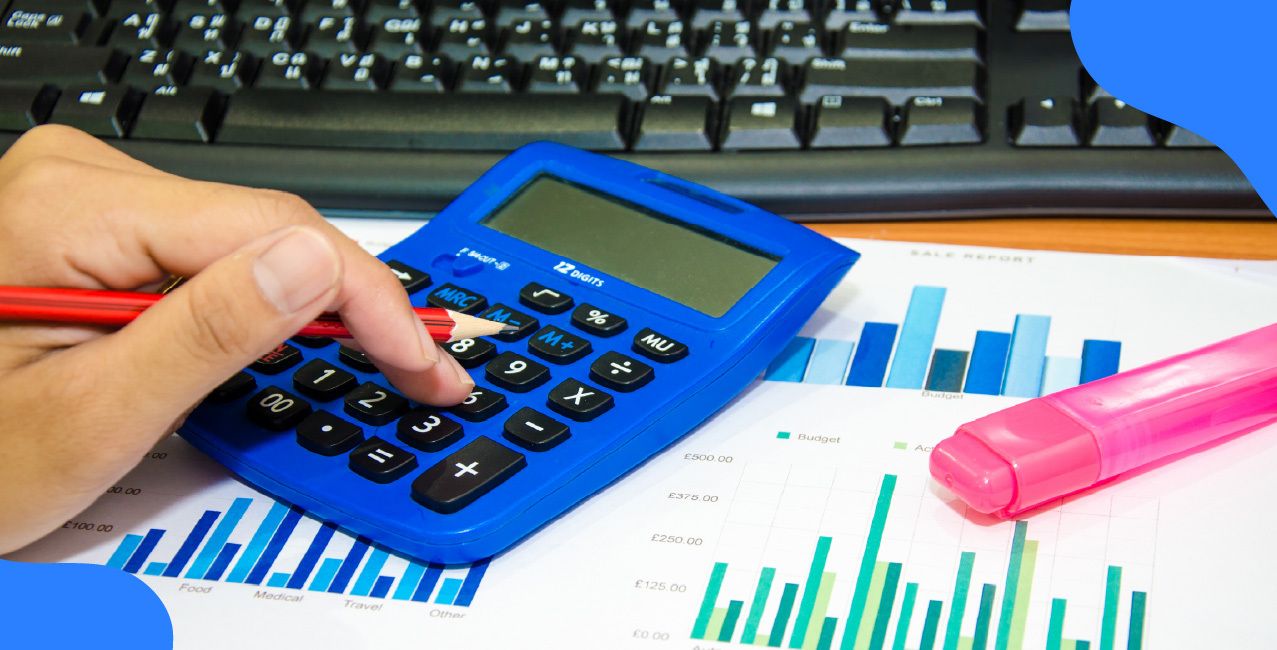Rohit earns ₹50,000 per month. His yearly income is ₹6,00,000. Under the tax terms and conditions, his tax is calculated like this. TDS is the tax your employer deducts from your salary before paying you. It’s based on your income and tax slab.
Rohit’s monthly TDS = Yearly tax ÷ 12 = ₹32,500 ÷ 12 ≈ ₹2,708.
So, his in-hand salary = ₹50,000 – ₹2,708 = ₹47,292.
(Note: TDS may vary based on deductions like HRA, investments, etc.)
What is TDS?
TDS stands for Tax Deducted at Source. The government uses this approach to get your taxes from your income before you receive your payment. An amount from every payment to you gets held back as tax by the person or business and delivered to the government. You keep the rest.
Example: Rohit’s Salary & TDS
In his company, Rohit gets paid ₹50,000 monthly. The money TDS is cut from his yearly income by his employer before he receives it.
Now, tax is calculated on ₹4,00,000:
- Up to ₹2.5 lakhs: 0% tax to ₹0
- ₹2.5L to ₹4.0L: 5% tax to ₹7,500
Adding 4% cess (₹300), total tax = ₹7,800 per year.
Monthly TDS = ₹7,800 ÷ 12 = ₹650
Rohit’s In-Hand Salary = ₹50,000 – ₹650 = ₹49,350
Key Points on TDS:
- Deducted by Payer (employer, bank, etc.).
- Deposited to the Govt on your behalf.
- Adjustable in ITR: If excess TDS is cut, you get a refund.
TDS ensures taxes are paid on time, and you don’t have to worry about big tax payments later. Always check Form 26AS to track your TDS.
When TDS Gets Cut From Your Income
TDS is deducted when your payments cross certain limits. Here's how it works for Rohit:
What Rohit Should Know:
- His employer deducts TDS from his salary every month.
- No TDS on his bank interest as it's below ₹40,000.
- When paying rent or getting freelance payments, no TDS applies in his case.
The deducted TDS is shown in Form 26AS. Rohit can adjust this while filing his tax return.
How is TDS calculated on Salary?
TDS on salary is calculated based on your yearly income after removing deductions. Here's how it works for Rohit:
Rohit's Final Salary:
- Gross Salary: ₹40,000
- Minus TDS: ₹130
- Take Home Salary: ₹39,870
Key Points:
- Tax is calculated on yearly income.
- Deductions reduce the taxable amount.
- TDS is divided equally across months.
- Actual tax may vary based on other income/deductions.
Rohit's company does this calculation every year and adjusts TDS each month. He can check his TDS in Form 16 from his employer.
How to Check and Claim TDS?
Rohit can track his TDS and claim refunds (if any) by following these simple steps:
1. Checking TDS (Form 26AS)
- Rohit logs into the Income Tax e-Filing Portal (incometaxindiaefiling.gov.in).
- Under "My Account," he selects "View Form 26AS".
- He enters the financial year to see all TDS deductions made by his employer, bank, or others.
2. Claiming Excess TDS (While Filing ITR)
- If Rohit's total TDS is more than his actual tax liability, he can get a refund.
- He files his Income Tax Return (ITR) and mentions all income and deductions.
- The tax department processes his refund if he pays an extra amount.
Example:
Rohit's employer deducted ₹15,000 as TDS, but his actual tax was only ₹12,000. When he files ITR, he gets ₹3,000 back as a refund.
Note: Always verify TDS details in Form 26AS before filing ITR to avoid mismatches.
How to Reduce TDS on Salary
Rohit can lower his TDS by using tax-saving options:
- Submit Investment Proofs: By showing ₹1.5 lakh in PPF, insurance, or ELSS (under Section 80C), his taxable income is reduced.
- Claim HRA Exemption: If he pays rent, he can deduct part of his HRA from his taxable salary.
- Use Health Insurance Deduction: Premiums paid (Section 80D) further reduce his taxable income.
- Opt for a Tax-Friendly Regime: If his deductions are low, the new tax regime may help.
Example: Rohit’s ₹6,00,000 salary becomes ₹4,50,000 after deductions, lowering his TDS. His employer adjusts the monthly TDS based on updated declarations.
Conclusion
Even though it serves a tax collection function, understanding TDS can keep you from losing money. For instance, Rohit currently takes home ₹50,000 per month. When he submitted documents showing his ₹1.5 lakh PPF investment and HRA, he could only be taxed on the remaining ₹4.5 lakh. As a result, he now pays only ₹5,000 in yearly tax and just ₹417 in TDS every month.
If you don’t follow these instructions, you will end up paying higher taxes. It is important to check Form 26AS so your TDS is correct, and filing ITR allows you to get a refund if too much tax was taken out. Taking care of your tax filings properly and picking the right type of tax can make your salary after tax much bigger. Keep updated to prevent being charged more tax than you have to.
FAQs
1. What is TDS?
TDS (Tax Deducted at Source) is a tax cut from your income (salary, interest, rent, etc.) before you receive it. The payer (employer, bank, etc.) deducts it and sends it to the government.
2. Who deducts TDS?
Your employer deducts TDS from your salary, banks deduct it from interest, and companies deduct it when paying freelancers or rent.
3. How is TDS calculated on salary?
Your employer calculates yearly tax based on your salary minus deductions (like investments and HRA). The yearly tax is divided by 12 for monthly TDS.
4. Can I reduce TDS?
Yes! Submit investment proofs (PPF, insurance, etc.) to your employer to lower taxable income and reduce TDS.
5. What if no TDS is deducted?
If your income is taxable but no TDS was cut, you must pay tax yourself while filing ITR.
6. How to check my TDS?
Log in to the Income Tax e-filing website and check Form 26AS. It shows all the TDS deducted for you.
7. What if excess TDS is deducted?
File your Income Tax Return (ITR). If you paid extra tax, the government will refund it to your bank account.
8. Is TDS refundable?
Yes! If the total TDS deducted is more than your actual tax, the extra amount is refunded after filing the ITR.
9. Do I need a PAN for TDS?
Yes. Without PAN, TDS is deducted at 20% (higher than normal rates). Always share PAN with employers/banks.
10. What happens if I don’t file ITR after TDS?
Even if TDS is cut, you must file ITR if your income is taxable. Not filing can lead to penalties or notices from the tax department.
Other Related Pages | |||




_of_Income_Tax_Act.jpg)
